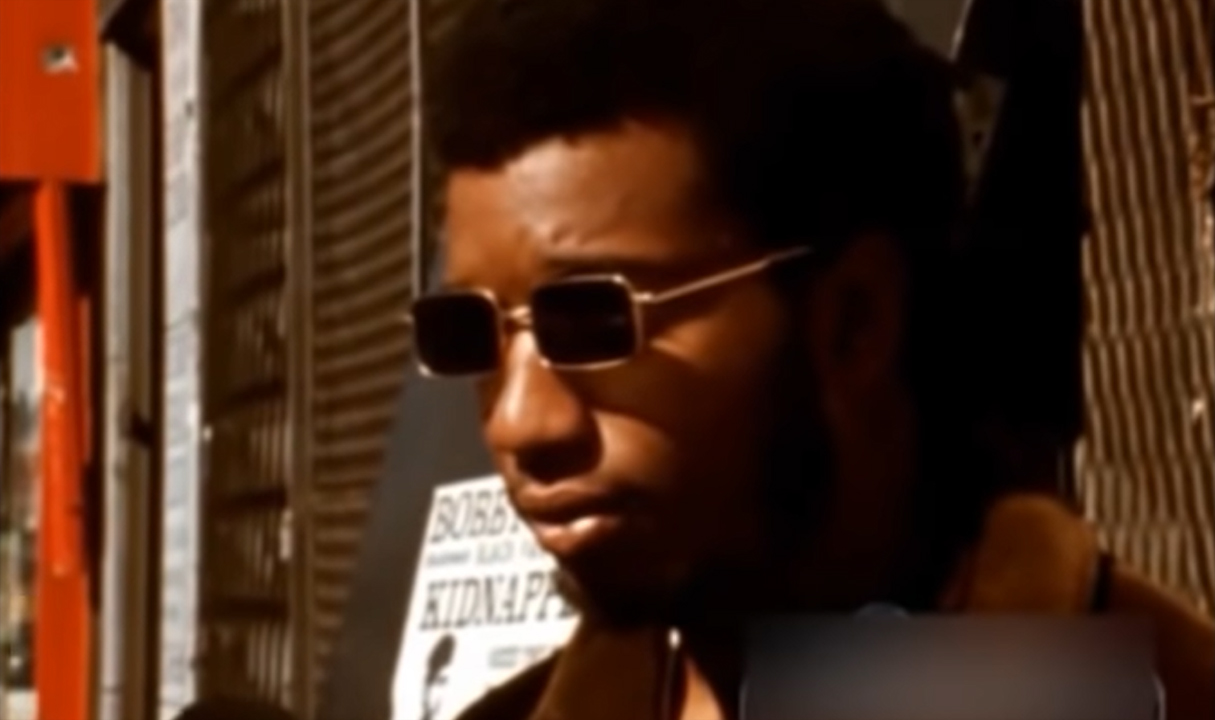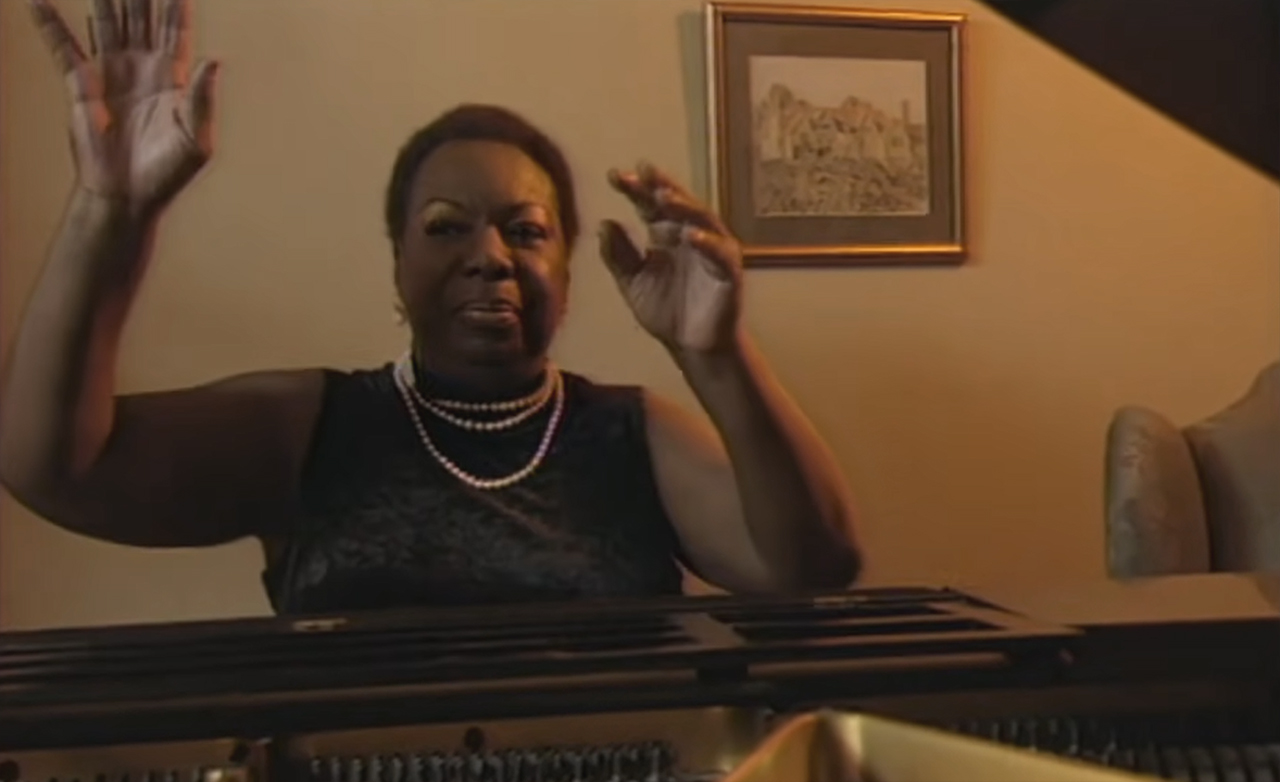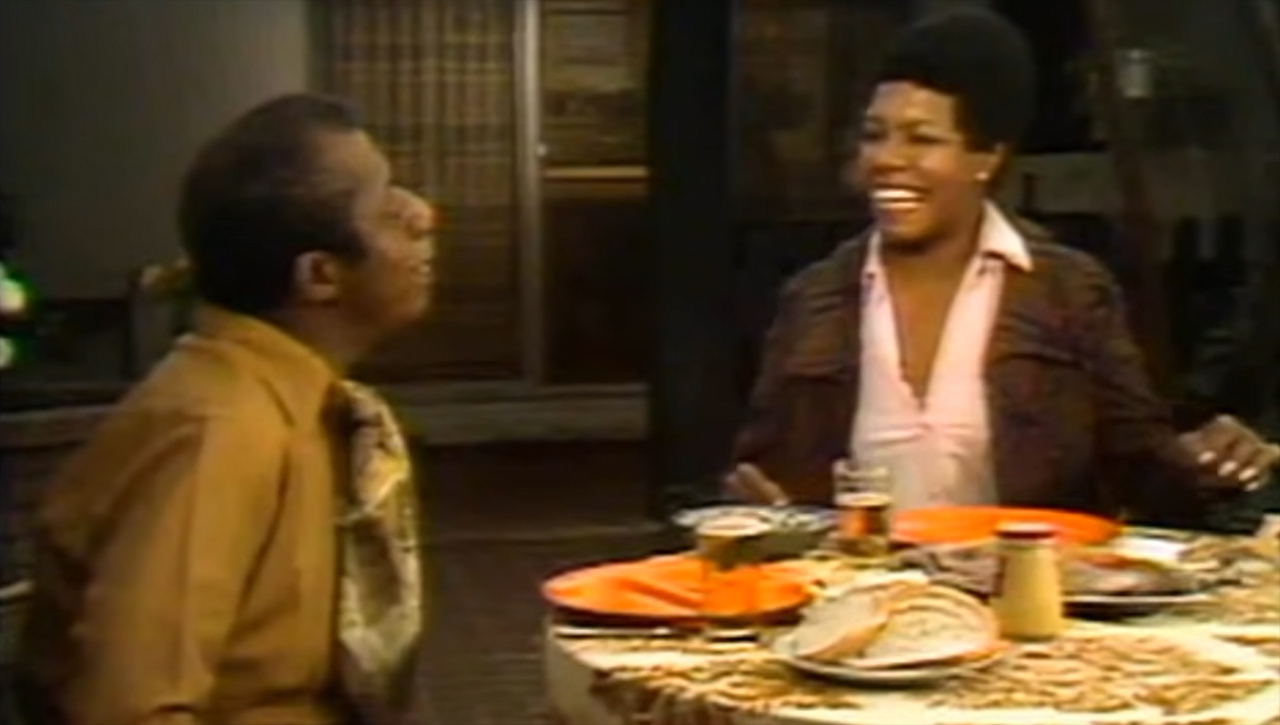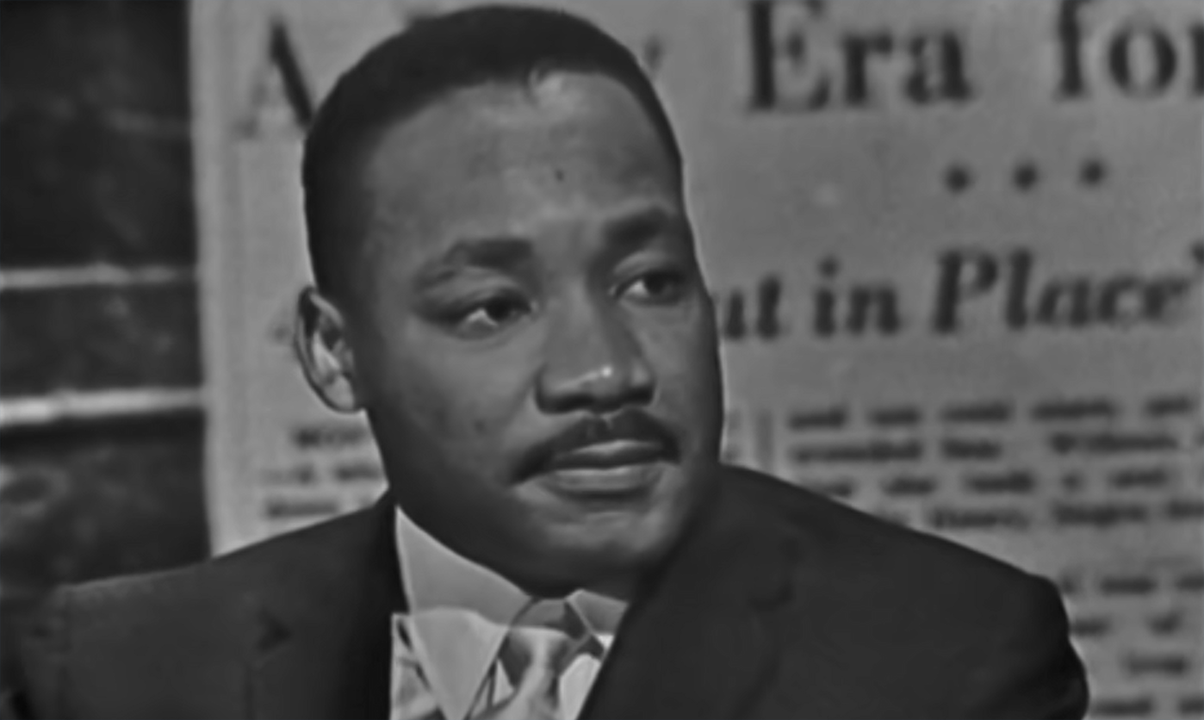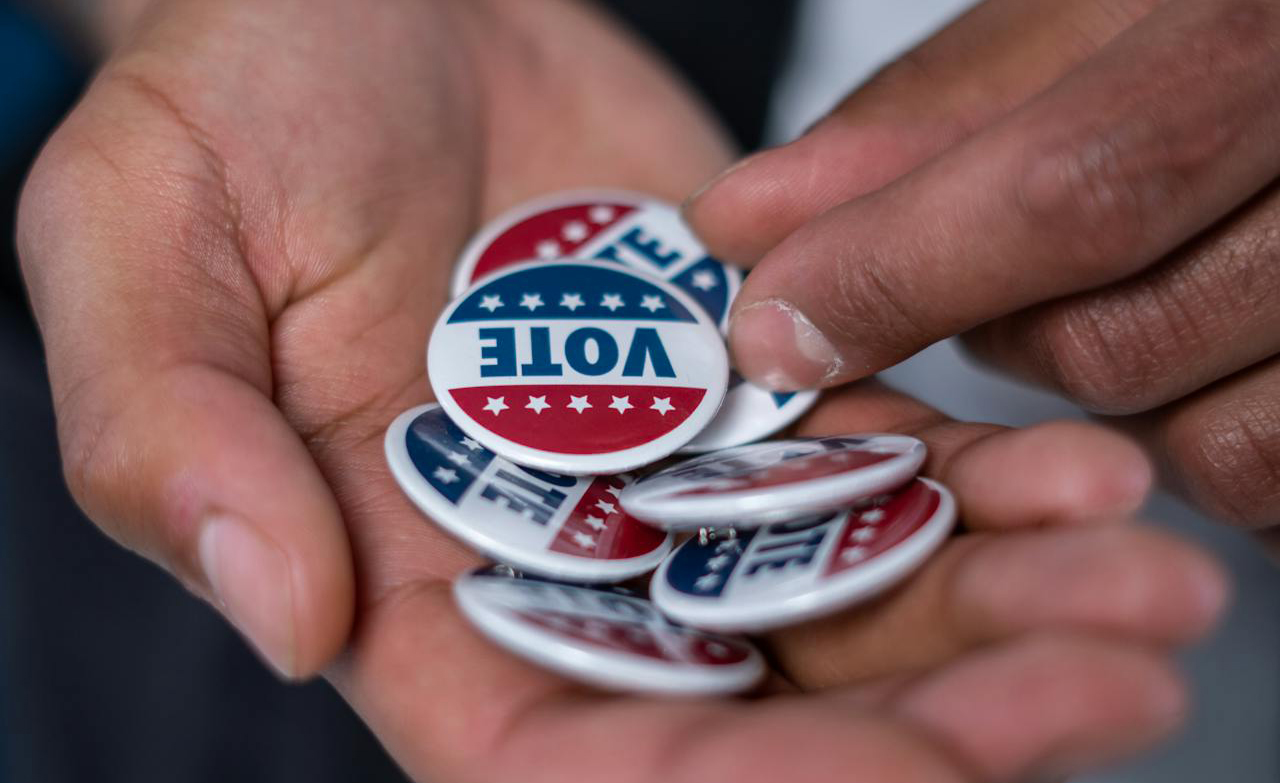

Scott Olson/Getty Images
Many rural parts of these states have a majority of white residents. The broader Rust Belt, however, also has long and important Black and Indigenous histories and contains some of the nation’s fastest-growing minority populations – in particular Latino, Arab and Asian communities.
Yet when reporters descend on the rural Rust Belt to understand voters, the people they talk to are almost exclusively white.
I am a geographer who studies the experiences of communities of color in the rural Rust Belt. Rural is a relative term, but when it comes to policy research, it usually refers to nonmetropolitan areas. From 2021 to 2023, I interviewed 35 people who live or lived in Ohio, Pennsylvania, Michigan and Indiana and identified as Black, Indigenous or people of color.
I found that these Rust Belt residents have pressing concerns of political importance. Some of these issues are shared by white residents – and, as such, are well documented. But Rust Belt residents of color have additional problems that politicians and the media have long overlooked.
Local impacts
My interviewees described typical rural Rust Belt struggles.
They complained of limited internet access, few or no grocery stores, declining roads and other infrastructure-related challenges. Jobs and opportunities for career advancement were scarce in their communities, while death and suicide rates were high.
These difficulties are faced by white Rust Belt residents as well. But other struggles they mentioned are less often considered part of the rural experience.
They described feeling socially isolated and discriminated against at work and school. Many had experienced racial or ethnic profiling by potential employers and police and been verbally harassed.
One man, Miguel, who worked in carpentry, said his colleagues openly used racial slurs against him.
“I was putting away some boxes, and they said, ‘Oh that’s because you w–backs are good at packing things in trucks,’” he told me.
All names used here are pseudonyms; research ethics require me to protect the identity of my subjects.
“A lot gets brushed under the rug,” said Bao, a Vietnamese American woman whose father also works in a hostile environment. “All the management folks are white,” so “if you speak up, you lose your job or are ignored.”
These comments conveyed an overall sense of not “belonging.”
As one woman from rural Pennsylvania explained, people regularly ask her, “No, really, where you from?”
“They want to hear ‘Asian’ or ‘Korean,’” she said. “It’s very uncomfortable for me.”
These racial tensions worsen during election periods. Some people I interviewed reported having been turned away or threatened at voting stations – harassment they attributed to their religious, cultural and political backgrounds, or the way they looked.
Many Rust Belt voters of color already lack political power because they live in racially gerrymandered districts. When news coverage of the region ignores their voices, too, it compounds that feeling of not belonging.
In 2017, The Washington Post visited the small town of Jefferson, Ohio, in Ashtabula County, to interview voters described as “rural Americans who fear they’re being forgotten” after Donald Trump’s election. Their coverage focused almost exclusively on white residents.
“How did you go to Ashtabula County and not see Black people?” asked Belle, a resident who identified as African American.
Not always Republican
In the past three presidential elections, Ashtabula County has followed state trends: It backed Obama in 2008 and 2012, then voted for Trump in 2016 and 2020.
Trump won Ashtabula with 60% of the vote in 2020. That’s 26,890 votes, which means that 16,497 people still voted for Democrat Joe Biden. In the years since, Ashtabula County residents have also voted with the state in two Democratic-backed initiatives: to protect abortion rights and legalize marijuana.
In other words, just because a state or district backs a Republican for president doesn’t mean everyone is Republican, or that Republican voters always vote the party line. They can split their votes, and have.
Even Ohio’s largely Republican delegation in the House of Representatives is misleading about the state’s political makeup. Ohio is a heavily gerrymandered state where voting districts have been drawn to benefit Republican candidates.
U.S. Senate elections show more diversity in Ohio’s voting base.
In 2018, Democrat Sen. Sherrod Brown won 53% of all votes in Ohio, including 51% of those cast in Ashtabula County. Four years later, both the state and Ashtabula County picked Republican JD Vance over Democrat Tim Ryan to replace the outgoing Republican Sen. Rob Portman.
Why it matters
In September 2024, Vance – now Trump’s vice presidential running mate – claimed that Haitian migrants in Springfield, Ohio, were kidnapping and eating cats and dogs. After Trump echoed that false claim on the debate stage, the city got 30-plus bomb threats and other threats of violence, and had to close multiple schools.
During the pandemic, Trump’s derogatory branding of COVID-19 as the “Chinese virus” and “Kung Flu” led to increased hate crimes against immigrants and people of color.
In my interviews, several participants mentioned how local restaurants and stores owned by Asian Americans had been vandalized. One woman, Lanh, who lived outside Springfield, said her favorite restaurant had to close.
“They started vandalizing the restaurant, writing graffiti and set the restaurant on fire,” she said.
The owners were from Thailand, but, Lanh said, the vandals “thought they were Chinese. Folks around the local community like my parents didn’t feel safe,” she added. “I didn’t feel safe.”
Hateful political rhetoric is known to increase hate crimes against immigrants and people of color.
When the Rust Belt is stereotyped as red and white, such experiences go unheard.
So do some good news stories.
The emergence of Black-owned bee farms in northeast Ohio, for instance, is one small example in a host of businesses started by people of color. Together, they are helping to boost the region’s beleaguered economy, much as Haitian immigrants have been fueling Springfield’s growth.
Rural America is nuanced
Nationwide, 24% of rural Americans identified as people of color in the 2020 census.
That figure is probably low because the census tends to undercount nonwhite respondents – a problem that was particularly evident in 2020. Even so, that’s a quarter of rural residents who don’t fit the national stereotype of rural America.
Rural America is white and Republican. It’s also trans, queer, Black, Hispanic, Indigenous, South Asian, Democratic and much more. Even if some are Republican, they still aren’t the rural Rust Belt Republicans portrayed in the national media.
Ignoring these nuances reinforces stereotypes that the rural Rust Belt is the exclusive domain of white conservativism. But this region isn’t now, and never has been, simply red and white.![]()
Christabel Devadoss, Assistant Professor in Global Studies and Human Geography, Middle Tennessee State University
This article is republished from The Conversation under a Creative Commons license. Read the original article.

Blog dedicated to news and viewpoints from Black journalists who support, and inform, communities of color.
Original content, and curated articles, are posted and updated daily.



